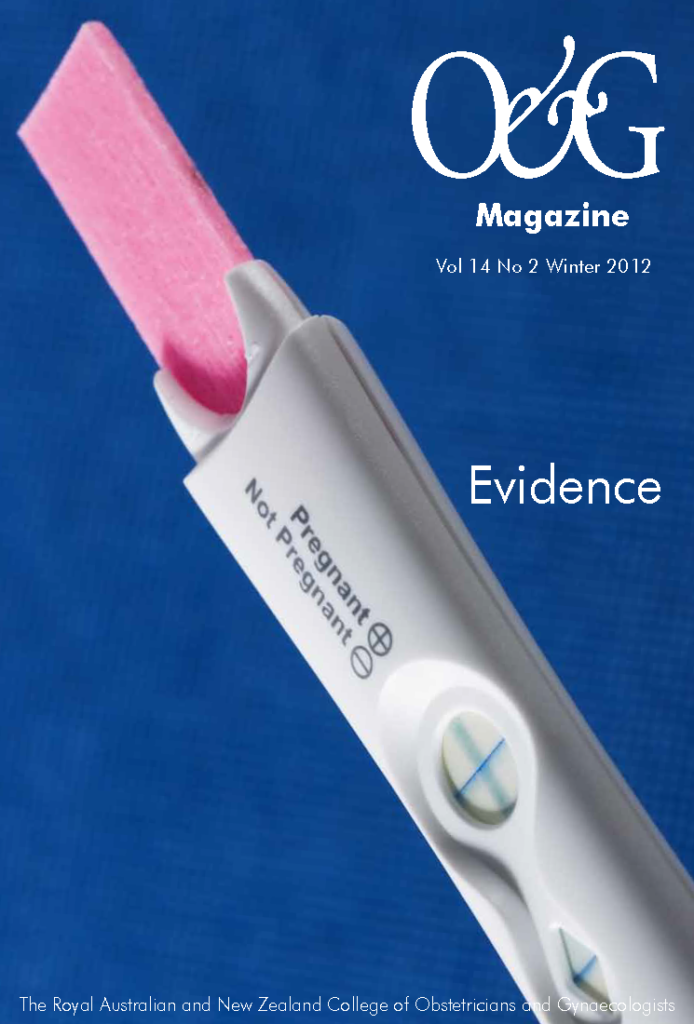The practice of the selective publication of manuscripts that demonstrate positive results or seemingly favourable outcomes is known as publication bias.
The phenomenon of publication bias typically arises from one or both of two sources: the investigators or the publishing medical journal. The phenomenon of publication bias typically arises from one or both of two sources: the investigators or the publishing medical journal.The failure of investigators to submit ‘negative’ outcomes to journals for consideration of publication is the most common source of publication bias.1 The researchers whose study shows a non-significant or negative result may be reluctant to submit their manuscript to a journal, as they often consider the chance of acceptance for publication to be low. Additionally, some journals may be less inclined to publish submissions with non-significant results.
The problems with publication bias
Why should we be concerned about selective publication practices? Fundamentally, the problem with selective publication of favourable results is that over time it will produce distortion of the medical literature by creating excessively positive outcomes for interventions and the potential for overestimation of treatment effects. The absence of negative or inconclusive trial results will produce significant bias in the medical literature towards interventions and treatments.2 Thus, as a consequence of publication bias, inappropriate patient management decisions could be made by healthcare providers. This is an important issue given the emphasis on clinical decision-making and care protocols on the results of meta-analyses and systematic reviews, where overall treatment effects are calculated on published results. The capacity of systematic reviews to detect moderate but clinically important treatment effects may be adversely affected by publication bias. It has been reported that publication bias may be present at some level in 50 per cent of meta-analyses and strongly in up to 20 per cent.3
Previous reviews have documented the inequality between the number of studies approved by Institutional Ethics Committees and those that are actually published (publication deficit). While some of this discrepancy may be secondary to methodology problems and study conduct issues, there is evidence to suggest the chances of publication are higher with a significant study outcome.4,5 In a review of 649 approved studies, those with a significant result were more likely to be published than those with a non-significant result (OR 4.6, 95 per cent CI 2.2,9.5).5 In addition, those with significant results were published in a shorter period of time (OR 2.5, 95 per cent CI 1.4,4.6).5 In fairness, not all publications have consistently reported these trends: in a review of abstracts presented at six consecutive European Society of Human Reproduction and Embryology (ESHRE) annual meetings, Evers reported that 56 per cent of randomised controlled trials were eventually published and that this publication rate was not influenced by significant results.6
Medical journals and publication bias
The concept of publication bias and medical journals extends beyond just the potential for selective selection of manuscripts published. There are other ways in which a medical journal can, often quite insidiously, engage in publication bias, for example:
- selection of specific reviewers for the submission;
- choice of a supporting editorial in the same issue;
- organisation of press releases or press conferences; or
- preferential publication of manuscripts from English-speaking nations.
For healthcare providers wishing to have available the most appropriate information for their patients, it is important that the data available are comprehensive and unrestricted. The publication of outcomes of medical studies in peer-reviewed journals is central to the foundations of effective healthcare. The failure to report study results by investigators just because they do not show a positive result is scientifically unethical. This responsibility must over-ride commercial interests such as fiscal sponsorship from external commercial funding sources.
Medical journals have a duty to publish in a neutral and scientifically correct manner research that is appropriately conducted and methodologically sound, regardless of the study outcome. The care with which medical journals perform the task of manuscript selection is central to non-biased data publication. Journals should be wary of losing their academic rigour in an attempt to be fashionable and to maintain a scientifically appropriate relationship with the media that does not compromise the basic tenet of a medical journal.
Methods to reduce publication bias
Recognising the potential concerns and inequities of knowledge dissemination that may occur from selective publication of trials, the question arises: what can we do about it?
There have been some important strategies over the past decade to reduce some aspects of publication bias. In 2004, the International Committee of Medical Journal Editors (ICMJE) developed a policy of mandatory registration requirements for new and ongoing clinical trials as a requirement for publication. The aim of this was to permit greater transparency in research and reduce the chance of trials not being recognised. There are now several trial registries approved by the ICMJE – including the Australian Clinical Trials Registry – and each approved trial registry must meet a minimum data registration requirement developed by the World Health Organisation. To overcome the potential for multiple trial registries operating simultaneously but non-cohesively, WHO has created an international system of linked registries and interested readers should access the WHO International Clinical Trials Registry Platform for detailed information on the process of clinical trials registration. In keeping with the aforementioned philosophy of ICMJE and WHO for consideration of journal publication, the Australian and New Zealand Journal of Obstetrics and
Gynaecology (ANZJOG) now requires all trials that prospectively recruit human subjects to any intervention to be registered with a clinical trials registry.
Of course, mandating registration of clinical trials as a requirement for journal publication will not eradicate publication bias on its own. It is a fundamental research principle that studies are designed with adequate power to provide a definitive answer, with methodology that is correct to address the research question and are not commenced when the chance of completion is low. It is vital that researchers submit completed studies to journals and do not perceive a non-significant finding as a failure. Similarly, it is important that journals should publish studies that are appropriately conducted and analysed, regardless of the statistical significance of the findings. It is plausible that many researchers fail to write or submit manuscripts when the outcomes are non-significant and that there is a tendency for such publications, when submitted, to be accepted in journals of a lower impact factor.
Conclusion
Publication bias in medical journals has the potential to adversely affect patient care by the preferential publication of positive studies to produce an unrepresentative impression of the total research data available. It is important that researchers employ scientific rigour to design and conduct research appropriately and medical journals review and publish manuscripts on their scientific merits, not their p value.
References
- Dickersin K, Min YI, Meinert CL. Factors influencing publication of research results. Follow-up of applications submitted to two institutional review boards. JAMA 1992;267:374-8.
- Egger M, Smith GD. Bias in location and selection of studies. BMJ 1998;316:61-6.
- Sutton AJ. Empirical assessment of effect of publication bias on meta analysis. BMJ 2000;320:1574-1577.
- Dickersin K, Min YI. Publication bias: the problem that won’t go away. Ann NY Acad Sci 1993;703:135-146.
- Decullier E, Lheritier V, Chapuis F. Fate of biomedical research protocols and publication bias in France: retrospective cohort study. BMJ 2005;331:19.
- Evers JLH. Publication bias in reproductive research. Human
Reproduction 2000;15 (10):2063-2066.






Leave a Reply